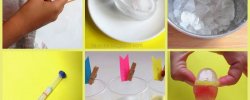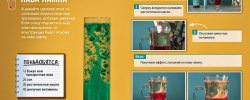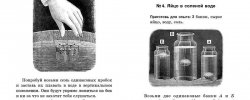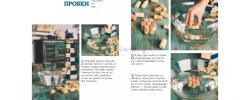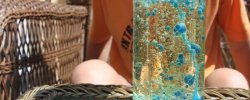Scientific Experiments For Children
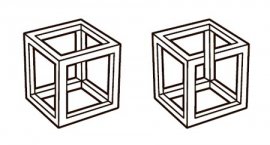 Contents:
Contents:
You can not only play simple games before a year with a child (which often bore parents) but you can also put the real ones. scientific experiments♪ Moms and dads who decide on them don't just have fun and have a good time with the baby, but they'll know exactly what a baby can and knows at this stage of development. You'll see, the results will surprise you!
Non-possible art (3-6 months)
Experiment. Show the child the images of two objects, one of which cannot be re-established, and the other is very real (see figure).
Hypothesis. Your little boy will be studying the wrong picture longer, and he'll probably want to pull the pens and lose it or shut it to find out what it feels like.
Research results. In 2007, scientists conducted a special study to assess the interest of children in two images on the plane of three-dimensional objects. The way in which four-month-old babies looked at each picture was a test of evaluation.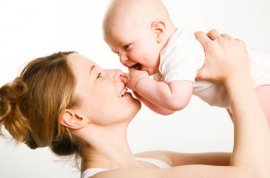 Kids showed a typical picture of a wooden cube and a picture of the same cube distorted by the Photoshop. On average, children saw the second image more than twice the first. Even with the demonstration of the drawings of the cube that do not transmit the light, the volume and texture of the subject, the distorted scheme has more interest for the babies than the right one. This shows that for the intended re-establishment of the image of a three-dimensional facility, the child has sufficient pictures of the general outlines without lightweight.
Kids showed a typical picture of a wooden cube and a picture of the same cube distorted by the Photoshop. On average, children saw the second image more than twice the first. Even with the demonstration of the drawings of the cube that do not transmit the light, the volume and texture of the subject, the distorted scheme has more interest for the babies than the right one. This shows that for the intended re-establishment of the image of a three-dimensional facility, the child has sufficient pictures of the general outlines without lightweight.
Another such experiment was conducted in 2009. Nine-month children have been involved this time, and the length of the picture has been chosen as a criterion. The usual cube again gave children less interest than the cube in reality.
The results of the two experiments described indicate that infants have the capacity to undertake complex spatial analysis. In particular, they can take flat images of voluminous things, see the structure of the subject and, most surprisingly, distinguish the true images from the wrong.
Exclusion. You probably think that the spatial skills of the four-month-old child are in their initial condition. I mean, he couldn't reach the object he had in front of him recently. But research has proved that there are more complex thought processes in children's heads. That's why your charade's mind is not to be underestimated. Better accelerate its development by showing it the works of art that use different visual effects.
